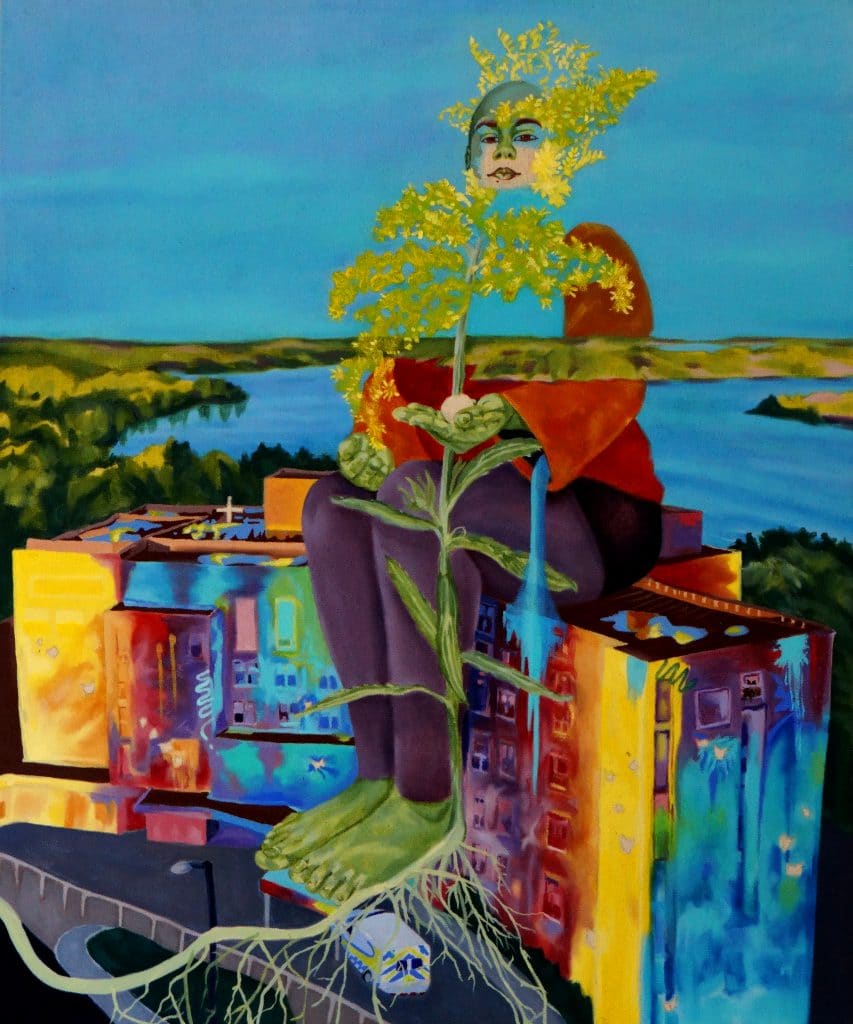In the midst of the 6th Mass Extinction, I take my lead from other-than-humans, usually in the form of urban ecologies, plants and stones. There is some kind of magnetic feeling that draws me towards these beings. I sit and listen. I try to offer them something. My art shares perceptions and feelings of these exchanges, as a kind of antidote to separation.
With the climate crisis in mind, community-based projects such as Ma-sh-ki-ki-ke (2020), work collaboratively to envision decolonial futures with sustainable urban planning, thriving arts and food systems, situated within remediated spaces.
During an ee portal collaborative residency at the Burren College of Art, Ireland (2019) I responded to grief entanglements through touch and sound. Remote Sheela-na-gig relief sculptures, limestone eccentrics next to the Wild Atlantic Way, surface streams, a 16th century cylindrical fortified tower house, a plethora of diverse alpine, arctic and Mediterranean plant communities, as well as a remnant industrial workhouse traversed personal, institutional and systemic losses. mnemonics for the commons is currently being created in response to these embodied encounters.
Throughout COVID-19, I have been developing a series of ecological paintings and drawings made from non-synthetic, plant and mineral archival pigments, including the work ecoSOS, which is featured in the exhibitions distance between us, Creative People Leading Climate Action, and Pigments Revealed Symposium. Working with Enlightenment masters’ style oil painting techniques, I reflect on non-linear time, COVID-19, and the climate crisis to create new narrative works that recognize an Enlivenment approach to being.
Additionally, I am excited to be learning through diverse mentorships with Tilke Elkins and Heidi Gustafason (2021-22) about the history of ochre, the impacts of industrialization on rocks and pigments, as well as respectful foraging for my palette. I am currently teaching ecological art to emerge artists in community-based and academic spaces.
Video:


